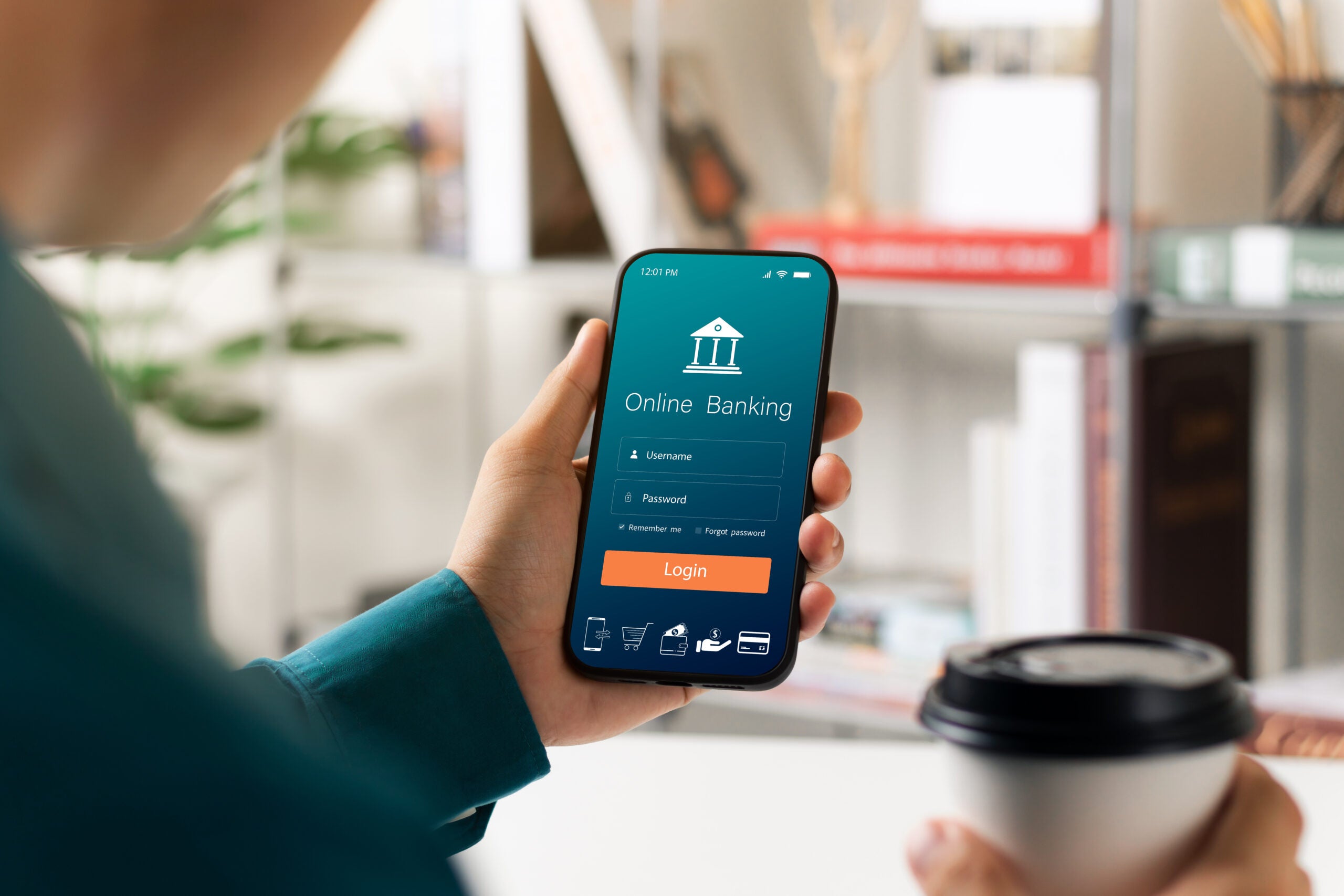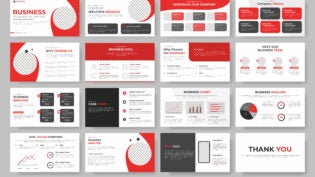Role of User Feedback in the Iterative Development of Mobile Banking Apps
By: Luke Britton

The Role of User Feedback in Mobile Banking App Iterative Development
Smartphones dominate the world, some say, and they’re right. Mobile applications have become an integral part of everyday lives. Taxi rides, ordering food, staying connected with friends – there’s an application for almost everything. Finance management is no exception. Mobile banking has gained significant popularity over the last decade. In fact, 97% of millennials use mobile banking applications today. However, what sets a successful mobile banking app apart is the urge for continuous improvement. Customer feedback lies at the heart of this improvement. This is what this blog post is about – let’s see the role of user feedback in mobile banking app development.
What is Iterative Development of Mobile Banking Application
Iterative development is a method used in software engineering where a project is broken down into smaller, manageable segments. Each of these segments, or iterations, involves planning, design, implementation, and testing. Instead of waiting until the end of a long development cycle, this method lets coders add new features and learn from mistakes as the app changes over time.
How User Feedback Impacts Iterative Mobile Banking App Development
Let’s consider 4 ways in which collecting and incorporating user feedback takes interactive mobile banking app development to a new level.
Identify User Needs and Preferences
User feedback helps in identifying what features are most important to users. For instance, if several users report that the app’s navigation is confusing, developers can prioritize redesigning the user interface for better clarity in the next iteration. Similarly, requests for new functionalities, such as budgeting tools or spending insights, can be integrated based on user demand. If you’re not sure whether you have enough human resources to analyze and respond to user feedback, consider the integration of AI-powered assistants.
Enhance User Experience
Feedback regarding bugs, crashes, or usability issues is crucial for improving the overall user experience. Developers rely on this feedback to make necessary corrections and optimizations, thereby reducing frustration and enhancing satisfaction among users. This continuous refinement helps in building a reliable and efficient app that meets users’ expectations.
Boost Security and Compliance
Banking applications collect and keep vast amounts of users’ sensitive information. This information should be protected from breach and unauthorized access. User feedback often includes reports of security concerns which are then addressed promptly to avoid vulnerabilities. Moreover, as regulatory requirements change, user feedback can help ensure that the app complies with new laws and standards, protecting both the users and the financial institutions.
Drive Innovation
Finally, user feedback is a critical source of ideas for future innovations. It encourages developers to think outside the box and come up with creative solutions that redefine user interactions with their banking apps. Some examples of cutting-edge technologies that could be used are artificial intelligence, machine learning, and blockchain to make the app more useful and safe.
To summarize, tapping into user feedback is a useful source of information that can help you understand what users want and need. The insights received can be used in iterative development to enhance user experience, boost security levels, and bring fresh ideas into the development process.
If you’re looking for a reliable tech partner that will help you develop a mobile banking application, look no further than S-Pro development company. Their vetted team will harness the years of expertise, tech excellence, and agile approach to build a banking software that your customers will hit the market.
239 Views














